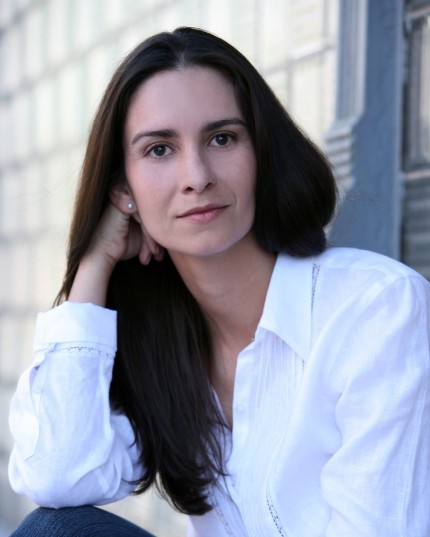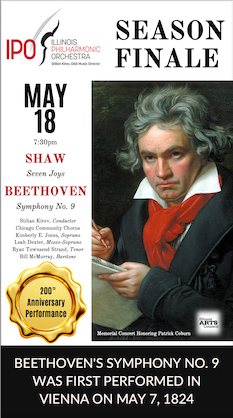Chicago Philharmonic opens with colorful Spanish program

The Chicago Philharmonic, now in its 22nd season was clearly in good form Sunday for its season-opener of Latin music featuring Chicago guitar legend Fareed Haque under guest conductor Lucia Matos.
The multi-talented jazz/world/jam band guitarist was the main interest of the evening as he tackled two works: the late Guitar Concerto by Villa-Lobos and the ubiquitous Concierto de Aranjuez by Rodrigo. The talents of the young Brazilian-born conductor were also on display in the early Sinfonietta No. 1 by Villa-Lobos and the short but colorful Suite No.1 from De Falla’s Three-Cornered Hat.
The program opened with a musical tribute to Keith Conant, the late principal violist of the Philharmonic and the Lyric Opera Orchestra who passed away two weeks ago. The Air from Bach’s Orchestral Suite No. 3 was played with feeling by the conducterless string sections.
In fact the strings were outstanding throughout the evening’s performances and the acoustics of Pick-Staiger Hall seemed to enhance their sound particularly well. Strings are the backbone of the Villa-Lobos Sinfonietta, a romantic work which has few of the composer’s trademark asperities and conveys a conservative charm and good humor. Matos kept the three short movements under control, drawing notably tight, clean playing and her expressive conducting was an added attraction.

Moving to the composer’s Guitar Concerto is like entering another musical world. The piece is a spare yet lyrical tour de force for the guitarist. It was written for Segovia, who wouldn’t play it until Villa-Lobos reluctantly wrote a cadenza for the second movement. That cadenza, a virtuoso display piece, does seem to stand out starkly against the subtle and referential work it interrupts.
The concerto gives ample opportunity for lyricism and coloration and Haque added an emotiveness of his own to each note. His performance was often mesmerizing in its concentration on detail and inner feeling. This was not the most technically polished performance, but its core musicality was always apparent. Matos provided a supportive and understated accompaniment.
Unfortunately, much of Haque’s coloring was lost due to sonic problems. The guitar was miked very closely with a resulting thin and wiry sound that drained the instrument of its natural timbre and emphasized the random noises of the soloist’s fingering.
Things improved a bit for the Concierto de Aranjuez, which was dispatched with a richer guitar sound — still artificial, but somewhat better balanced against the small orchestra. There were many felicities in the interpretation: a sterling cello solo in the first movement, well-judged tempos and a real sense of cohesive ensemble. The masterful second movement was given a rapt, expansive performance by Haque and the short last movement efficiently capped a fitfully rough but involving musical experience.
The suite by De Falla concluded the program stylishly. The conductor held things together with attention to detail and coloration, making it a satisfying end to the evening.
Posted in Performances





